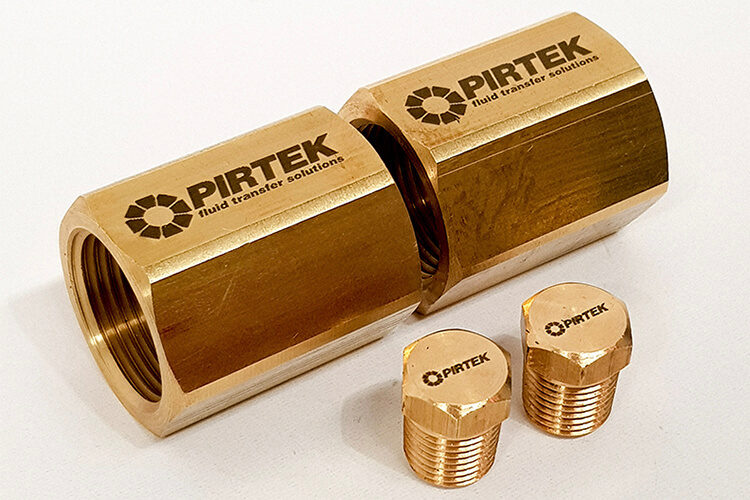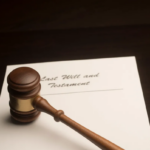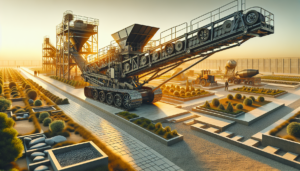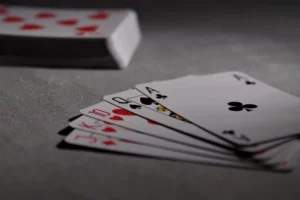
With a fiber laser or CO2 laser, it is possible to engrave barcodes, serial numbers, and logos on metals.
In addition to their long operating life and low maintenance requirements, fiber lasers are excellent for marking industrial products. In the event that part integrity is compromised, these lasers still produce crisp marks.
It is necessary to spray (or paste) the metal with a protective coating before CO2 laser engraving. Metal is temporarily marked by applying marking agents with CO2 lasers. Wood, acrylic, stone, and other materials are also easily etched by CO2 lasers.
In addition, Epilog laser systems are compatible with virtually any Windows program.
Lasers of different types
Because of the different types of lasers and materials, there are several things to take into account.
Using CO2 lasers to mark metals is also possible, but coating or pre-treating marking agents requires additional time. In addition to adhering to metal fast, marking agents also need to be low-pressure and fast-acting. Increasing the power is the best option for pieces that can be cleaned after the lasering is complete.
In addition to maintaining tolerance and strength, the CO2 laser doesn’t remove any material. Anodized and painted aluminum and brass do not require pre-treatment.
To engrave metal, fiber lasers are the best method. Laser fibers can mark a wide variety of materials, including aluminum, nickel-plated metals, and stainless steel.
Types of marks
The type of metal to be marked can determine the fiber Znakowarka do metalu option that is used. Lasers vaporize the object’s surface to produce engraving. The shapes of beams often resemble cones, so marks often resemble cones. Deep engravings are created through repeated operations that can withstand harsh conditions.
Commonly, the top layer of a material is removed by ablation to reveal its lower layer. A powdered metal or an anodized metal can be ablated.
It is possible to mark objects by heating their surfaces. During the annealing process, oxide is formed on the metals, producing a high contrast. Gas bubbles trapped in a material as it cools give rise to raised surfaces. Foam is formed when melted materials melt. By polishing a metal surface, you can change its color quickly. Your metal surface will appear mirror-like. Metals containing carbon or oxide, as well as steel alloys, iron, titanium, and other metals, are anodized. Stainless steel can also be marked with foam, although most commonly plastic. Those with matte finishes should be polished the best.
Considering the following materials
In addition to annealing, etching, and polishing stainless steel, laser data, such as speed, power, frequency, and focus, can also be altered. The brightness of fiber lasers on anodized aluminum is usually greater than that of CO2 lasers. Fiber lasers engrave aluminum with gray shades rather than black lasers. It is also possible to oxidize aluminum or add color to it before deep etching.
Lasers mark titanium with various colors as they operate. Nevertheless, they may be adjusted for different colors.
Anodized aluminum marks in three colors
The removal of certain materials and colors from aluminum can produce different marking effects. Partially or completely removing anodized layers can be accomplished with a laser.
It is applied with a coating of ceramic (5-30 mm thick) to make aluminum scratch-resistant. Colored porous layers can result in decorative effects. When using different laser wavelengths, certain techniques and materials can influence the results.











 ARIES March 21 to April 2 The morning is superb for health promises, and later withinside the day you’ve got got a moon of review. So even in case you anticipate a deal is signed and sealed, there may also nonetheless be time to alternate some thing you’re now no longer glad with. Your […]
ARIES March 21 to April 2 The morning is superb for health promises, and later withinside the day you’ve got got a moon of review. So even in case you anticipate a deal is signed and sealed, there may also nonetheless be time to alternate some thing you’re now no longer glad with. Your […]
